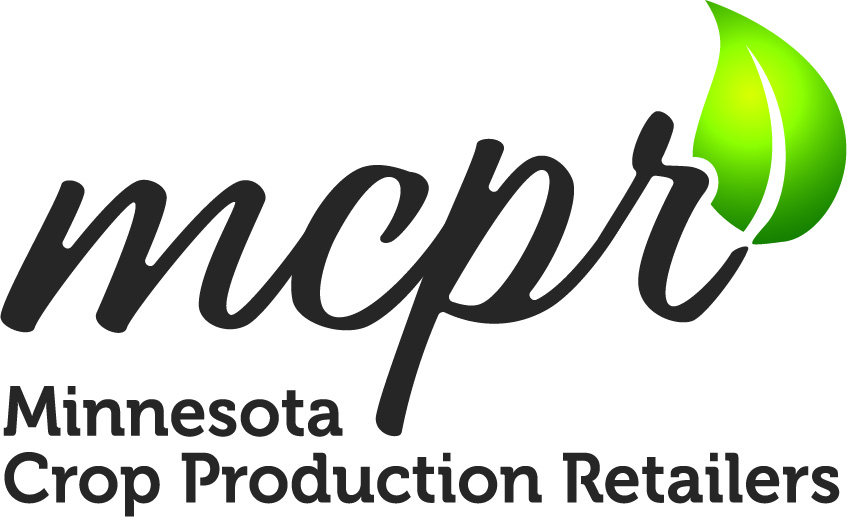Research
Economic Contribution of Agriculture and Forestry in Minnesota (Update), December 2024
Executive Summary
The results of this study indicate that agriculture and forestry continue to be a significant driver of Minnesota’s economy. Economic activities related to agriculture and forestry are responsible for an estimated 11% of Minnesota’s total value added (equivalent to Gross Domestic Product) and around one out of every ten jobs. Excluding forestry, the share of agriculture’s total for each of the four measures is: 9% of employment, 8% of labor income, 9% of value added, and 13% of output. While individual industries have seen varying degrees of growth or reduction in Minnesota over the past five years, agriculture as a whole has grown significantly in terms of value added, employment, and sales.
This study is based on a combination of the 2022 UDSA Census of Agriculture, USDA/NASS datasets, the IMPLAN modeling system, and the 2022 IMPLAN dataset. This analysis is patterned after the previous economic contribution study conducted for Minnesota in 2020.
Key Findings
In 2024, agriculture and related industries in Minnesota are estimated to contribute:
• $48.3 billion in total value added
o Value added increased from $37.1 billion in the 2020 study
• 393,393 total jobs
o Jobs increased slightly from 388,134 in 2020
• $128.3 billion in total sales (output)
o Output increased from $105.6 billion in 2020
• $27.5 billion in total labor income
Of the $48.3 billion in total value added and 393,393 jobs contributed by agriculture, forestry, and related economic activity:
• Crop production and related industries contributed:
o $14.6 billion in value added
o 102,894 jobs
• Livestock production and related industries contributed:
o $13.6 billion in value added
o 119,449 jobs
• Forestry and related industries contributed:
o $8.0 billion in value added
o 64,525 jobs
• Other agricultural industries contributed:
o $12.1 billion in value added
o 106,525 jobs
Mid America Croplife Association (MACA)
Water Update, May 15, 2024 by Andrea Rice, MACA Water Consultant
A team of over 100 soil scientists and agronomy professionals from across the nation have collaborated on developing a new web-based tool to enhance nutrient management. This team represents nearly 50 universities, the USDA, and several nonprofit organizations all driven to reduce nutrient losses from agricultural fields and, therefore, increase farmer profitability.
The Fertilizer Recommendation Support Tool (FRST) provides an unbiased, science-based interpretation of soil-test phosphorus (P) and potassium (K) values for nutrient recommendations. This will be a huge advancement in soil testing for P and K application, utilizing data from across the United States to enhance nutrient management in increase nutrient use efficiency.
Office of Legislative Auditor Pesticide Regulation Audit - 2020
March 18, 2020
Pesticide Regulation: The Minnesota Department of Agriculture has implemented most of the recommendations from OLA’s 2006 report. However, we found room for continued improvement, including better documentation of registration decisions and more clearly communicating with those who file complaints.
Update released in 2021.
Minnesota Department of Agriculture Water Quality Reports
The link provides access to some of the more recent reports and work plans prepared by the MDA.
New Economic Contribution Study of Agriculture Shows Industry Adds More Than $37B to Minnesota Economy
MCPR and more than two dozen leading Minnesota agricultural stakeholder groups released the 2020 Economic Contribution Study of Minnesota Agriculture and Forestry. This comprehensive new report demonstrates the significant contribution agriculture has in Minnesota, from adding $37.1 billion in value to the state’s economy to creating more than 388,000 jobs. The study was conducted to show the overall economic contribution of agriculture to Minnesota’s economy with further breakdowns by county and industry. Key highlights from the study found that agriculture and related industries in Minnesota are estimated to contribute:
- $37.1 billion in total value added
- 388,134 jobs
- $105.6 billion in output (sales)
- $21.4 billion in household income
Of the $37.1 billion in total value added and 388,134 jobs from the agriculture, agri-food, forestry, and related economic activity:
- Crop production and related industries contributed:
- $8.7 billion in value added
- 84,648 jobs
The study includes data and breakdowns by county, industry and more. You can read the full 2020 Economic Contribution Study of Minnesota Agriculture and Forestry here.

